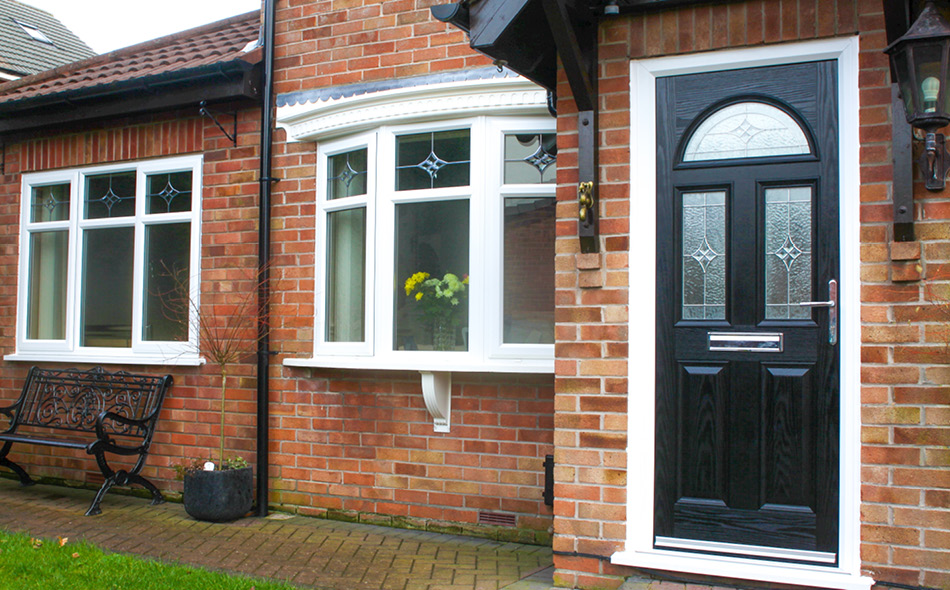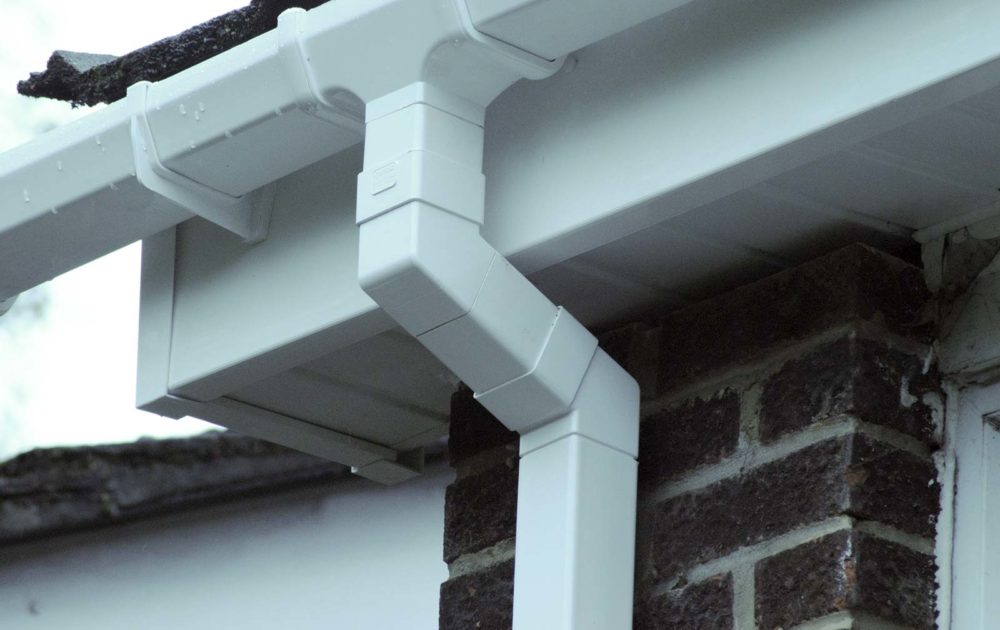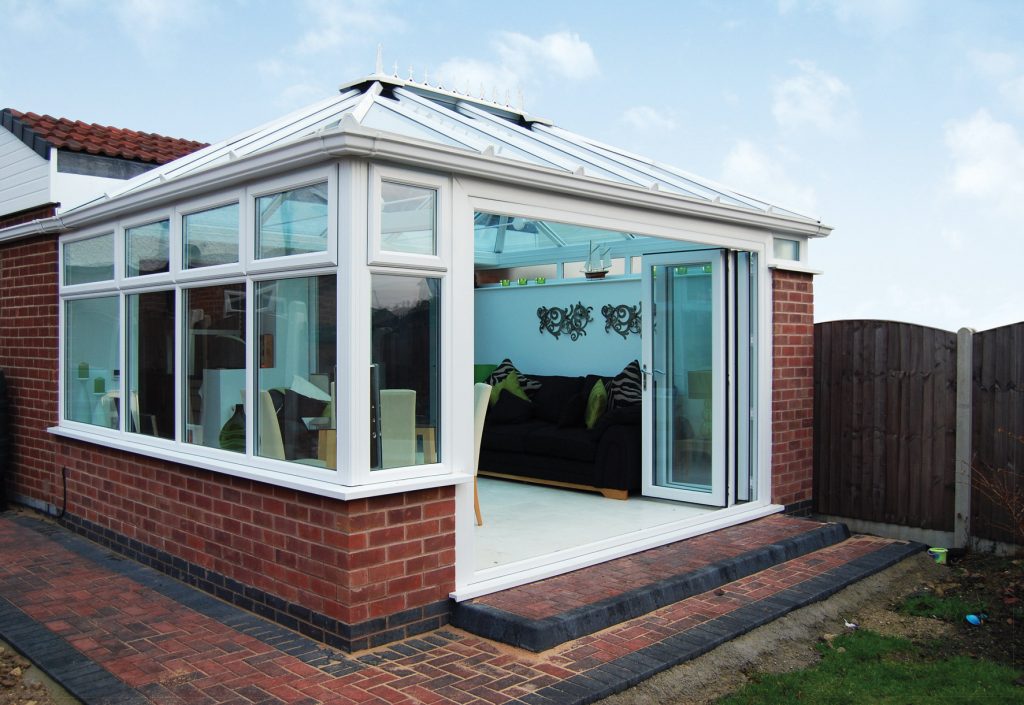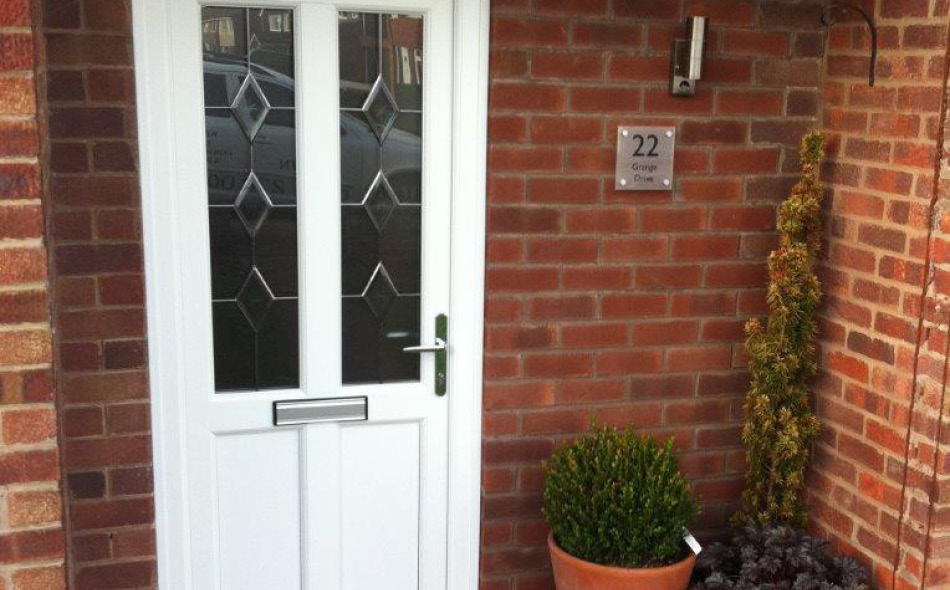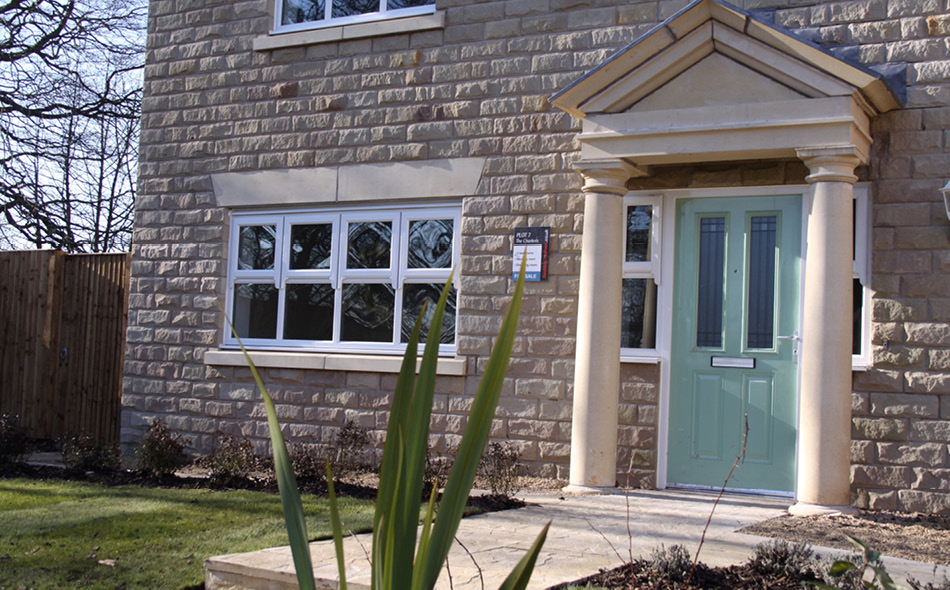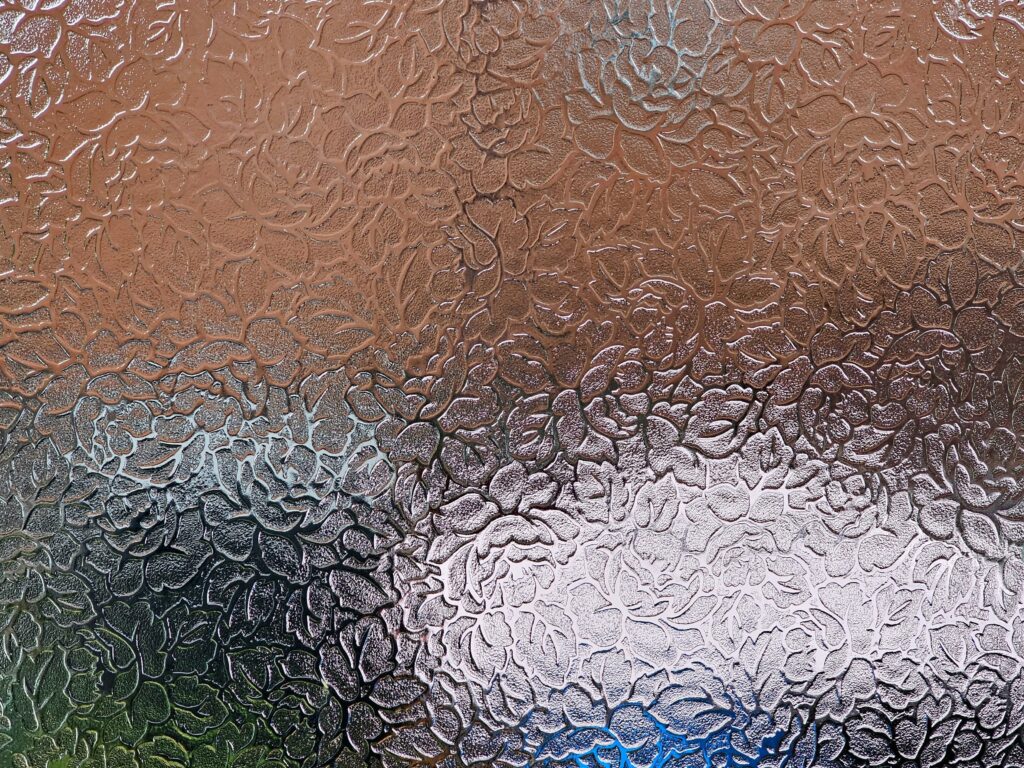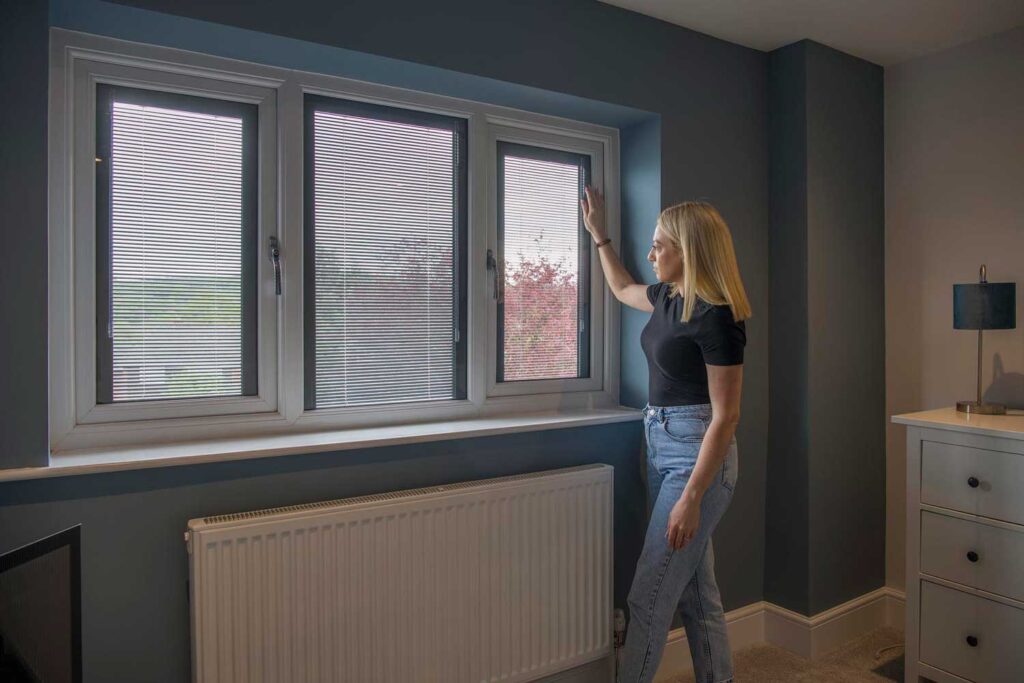In the wake of escalating energy prices and the pressing need to mitigate climate change, the UK government has unveiled the ambitious Great British Insulation Scheme (GBIS).
The scheme aims to provide funding to facilitate the installation of low-cost insulation in homes across the UK. Some options will be fully-funded, whereas some people may be asked to make a contribution towards the cost.
This initiative is poised to revolutionise the energy efficiency landscape of homes across England, Scotland, and Wales. This comprehensive guide will explain what this new scheme is, the benefits of it, elgibility criteria, and how you can apply.
Introduction to the Great British Insulation Scheme
The GBIS, formerly known as ECO+, represents a significant stride in the UK government’s efforts to foster energy conservation and sustainability.
With a budget allocation of £1 billion, the scheme has opened for applications as of 14th September 2023, and continues until March 2026.
It is envisioned to facilitate approximately 300,000 households in retrofitting their homes with state-of-the-art insulation solutions, thereby unlocking substantial savings in energy bills, estimated to be in the range of £300 to £400 annually.
This initiative is designed to complement the existing ECO4 (Energy Company Obligation) programme, with a pronounced focus on expediting the delivery of single, lower-cost insulation measures, such as loft insulation, to a broader spectrum of households (source).
What are the benefits of the scheme?
The aim of the scheme is to insulate homes to reduce heat loss and save on energy usage, thus cutting energy bills.
By implementing insulation measures, households can significantly curtail heat loss, thereby reducing heating costs and diminishing carbon emissions.
What type of insulation is available under the scheme?
The scheme encompasses a variety of insulation measures, including:
- Cavity wall insulation
- External and internal solid wall insulation
- Loft insulation
- Flat or pitched roof insulation
- Underfloor insulation
- Solid floor insulation
- Park home insulation
- Room-in-roof insulation
The options available to your particularly property will be assessed by your energy supplier to see what’s suitable for your home.
Eligibility Criteria: Do you qualify for the Great British Insulation Scheme?
The GBIS is tailored to cater to two distinct groups: individuals residing in homes that have secured an Energy Performance Certificate (EPC) rating ranging from D to G, and are situated within specific council tax bands; and householders who are recipients of qualifying benefits and inhabit homes with an EPC rating of D or below.
Your property must fall into Council Tax bands A-D in England, or for Scotland and Wales, bands A-E.
You can be a homeowner, landlord, or tenant.
Applying for the scheme
The application process can be started online via the GOV UK website. The form will ask you a few questions about your home, household income, and some personal information. You can start the process online here.
If the tool determines you’re likely to be eligible, you will be offered the option to be referred to your energy supplier. If you accept, your energy supplier will receive a referral and will make contact with you within 10 working days.
Subsequently, eligible candidates will be approached by their respective energy suppliers to coordinate a home assessment.
During this visit, the energy companies will undertake a comprehensive assessment to determine the optimal type of insulation, whilst offering advice on energy-saving practices.
Costs involved in the scheme
It’s worth being aware that the scheme may not be entirely free for everyone. Some people may be asked to make a contribution towards the work, but it is based on your individual circumstances.
You will be advised of any contribution requirements after the assessment. You’re not obligated to continue with the process if you don’t wish to do so.
Frequently Asked Questions
What is the Great British Insulation Scheme?
The GBIS is a government initiative aimed at enhancing the energy efficiency of homes across the UK, thereby facilitating substantial savings on energy bills, by insulating homes in lower Council Tax bands.
Who is eligible to apply for the scheme?
The scheme primarily targets individuals living in homes with an EPC rating of D or below and within specific council tax bands, as well as those receiving qualifying benefits.
How can I apply for the scheme?
Prospective applicants can initiate the application process by verifying their eligibility through an online tool available on the official GOV.UK website.
What types of insulation does the scheme cover?
The scheme predominantly focuses on low-cost insulation measures, including cavity wall insulation, external and internal solid wall insulation, and loft insulation.
Can tenants apply for the scheme?
Yes, tenants residing in qualifying properties can apply, provided they secure permission from their landlords. This provision extends to social housing tenants as well.
The Great British Insulation Scheme stands as a beacon of hope in the quest for a greener and more sustainable future. By facilitating the insulation of homes, the scheme not only promises significant savings on energy bills but also heralds a new era of environmental consciousness and sustainability.
